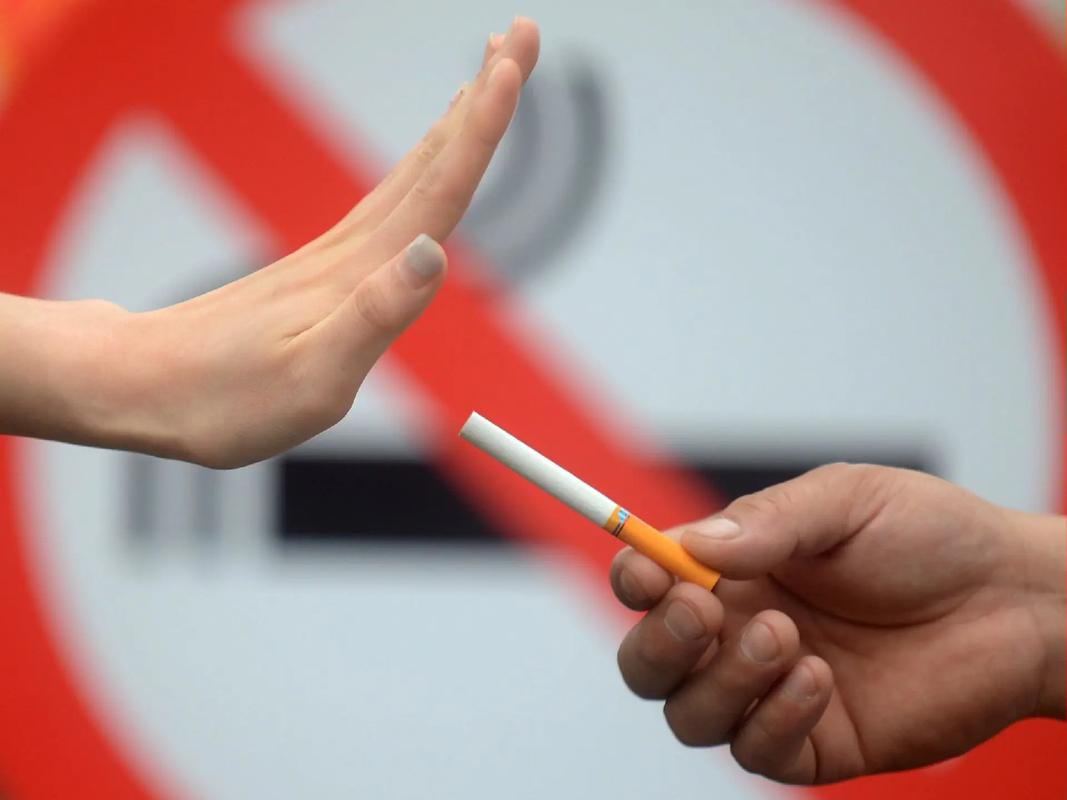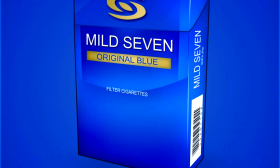The Ultimate Guide to Stopping Your Vape Coils From Burning Out So Fast
There’s nothing more frustrating than taking a puff from your vape, expecting a smooth, flavorful cloud, and instead getting a harsh, burnt hit that feels like inhaling campfire smoke. It’s the universal sign that your coil has met its untimely end. If you feel like you're constantly changing coils, watching your hard-earned money go up in (burnt-tasting) smoke, you're not alone. The problem of coils burning out too quickly is one of the most common complaints in the vaping world.
But here's the good news: it’s almost always preventable. A rapidly burning coil isn't usually a sign of a bad product (though it can be); it's more often a symptom of a minor misstep in your vaping routine. This comprehensive guide is designed to walk you through every possible cause and, more importantly, provide you with the solutions to dramatically extend your coil's lifespan. Get ready to enjoy longer-lasting flavor and save money in the process.
Let's dive into the heart of the matter: why do vape coils burn out so fast?
Understanding the Enemy: What Causes Coil Burnout?
At its core, a vape coil is a simple piece of engineering. It’s a resistance wire (often Kanthal, Nichrome, or Stainless Steel) wrapped around an absorbent wicking material, typically organic cotton. When you fire your device, electricity heats the coil, which then vaporizes the e-liquid saturating the cotton.
A burnt coil occurs when the cotton around the coil is not sufficiently saturated with e-liquid. The coil then heats up dry cotton, which scorches and burns. Once this burn happens, the nasty taste is permanent and will linger until you replace the coil. The key to preventing vape coil from burning is to ensure the wick is always wet.
Here are the primary culprits that lead to this dry, burnt scenario:
1. The Priming Sin: Not Priming Your Coil Properly This is the number one reason for instant coil death. A brand-new coil has dry cotton. If you install it and immediately fire at your usual wattage, you're essentially incinerating the wick before it has a chance to absorb any e-liquid.
- The Fix: How to Prime a Vape Coil Correctly.
- Drip Method: Before installing the coil, drip a few drops of e-liquid directly onto the cotton exposed in the coil’s wicking ports. Do this slowly, allowing the cotton to absorb the liquid. Repeat until the cotton looks saturated.
- Fill and Wait: After installing the primed coil and filling your tank, let it sit for a full 5-10 minutes. This allows the e-liquid to fully saturate the wick from the inside out. For good measure, close the air vents and take a few sharp, short puffs without pressing the fire button. This creates negative pressure that pulls more liquid into the coil.
2. Power Overload: Using the Wrong Wattage Every coil has a recommended wattage range printed on its side. Ignoring this is a fast track to fixing a burnt vape coil by having to replace it again soon. Too high a wattage generates excessive heat that vaporizes liquid faster than the wick can replenish it, leading to a dry hit.
- The Fix: Respect the Wattage Range.
- Always start at the low end of the recommended range, even on a primed coil.
- Gradually increase the wattage in 5-watt increments over several puffs until you find your sweet spot for flavor and vapor production. If you start to get a slightly harsh or dry taste, dial it back down.
3. The E-Liquid Culprit: Sweeteners and VG/PG Ratio Your choice of e-liquid plays a massive role in coil longevity.
-
Sweeteners: Liquids with high levels of added sweeteners like sucralose are delicious but are notorious coil killers. When heated, these sweeteners caramelize and gunk up the coil wire itself. This gunk acts as an insulator, forcing the coil to heat up even more to vaporize the liquid, which in turn burns the surrounding cotton. It also drastically mutes the flavor.
-
VG/PG Ratio: VG (Vegetable Glycerin) is thick and viscous, while PG (Propylene Glycol) is thin and runny. High-VG liquids (e.g., 70% VG or higher) are great for cloud-chasing but can be too thick for some coils, especially in smaller pod systems or tanks with tiny wicking ports. The thick liquid can't wick fast enough to keep up with chain vaping, leading to dry hits.
-
The Fix: Choose Your E-Liquid Wisely.
- Opt for e-liquids that are known to have low sweetener content if you want to make vape coils last longer.
- Match your e-liquid's VG/PG ratio to your device. Pod systems generally work better with 50% VG/50% PG or 60% VG/40% PG blends. Sub-ohm tanks can usually handle higher VG liquids, but if you experience dry hits, try a thinner blend.
4. Chain Vaping: Not Letting the Wick Re-saturate Chain vaping—taking multiple puffs in quick succession—is a common habit. However, it doesn't give the wick enough time to draw in fresh e-liquid from the tank. You might get a few good puffs, but eventually, you'll outpace the wicking speed and get a dry hit.

- The Fix: Pace Yourself and Use the "Air Pull" Technique.
- Wait 15-30 seconds between puffs to allow the coil to cool down and the cotton to re-saturate.
- Between puffs, take a sharp, short pull on the device without firing it. This draws a fresh batch of e-liquid into the coil head.
5. It’s a Vacuum: Vacuum Lock in Your Tank Sometimes, your tank can create too good of a seal. A vacuum lock occurs when a lack of air pressure in the tank prevents e-liquid from flowing down into the coil. You'll see bubbles trapped in the tank, a tell-tale sign. This is a common issue that many vapers overlook when trying to solve fast burning vape coil problems.
- The Fix: Break the Seal.
- Simply unscrew the top cap or the base of your tank slightly until you see a few air bubbles rise from the coil's wicking ports. This equalizes the pressure. Re-tighten the tank, and you're good to go.
6. The Coil Itself: Duds and Defects While less common, it is possible to get a faulty coil straight out of the package. The wicking could be too tight, or there could be a manufacturing flaw. If you've followed all the steps above perfectly and a new coil burns immediately, you might just have a dud.
- The Fix: Try Another Coil.
- Don't get discouraged. Try a fresh coil from a new pack. If the problem persists with multiple coils, the issue is almost certainly with your device, e-liquid, or habits.
Advanced Tips and Troubleshooting for Stubborn Problems
For those who have covered the basics but still face issues, here are some deeper insights.
- Breaking In a New Coil: Even with proper priming, a new coil can sometimes have a break-in period. You might experience a slight "cotton" taste for the first few puffs. Start at a low wattage (below your preferred range) and take a few gentle puffs. Gradually increase the power over 10-15 puffs to fully break in the cotton.
- Checking O-Rings: A damaged or missing O-ring on the coil or the tank's chimney can cause leaking, which ironically can also lead to dry hits if it disrupts the tank's pressure balance. Regularly check that all seals are intact and in place.
- Device Issues: If you're using a variable voltage/variable wattage mod, ensure it's functioning correctly. An old or faulty battery can sometimes deliver inconsistent power, which may contribute to burning. Also, if you use temperature control (TC) mode, make sure your coils are made of a compatible material (e.g., Nickel, Titanium, or Stainless Steel) and that your mod is set to the correct TC mode and a safe temperature.
Conclusion: Your Path to Vaping Longevity
A burnt coil is a setback, but it doesn't have to be a regular part of your vaping experience. By mastering the art of proper coil priming, respecting your device's wattage limits, choosing your e-liquids intelligently, and adjusting your vaping habits, you can transform your experience.
The next time you install a fresh coil, treat it with care. Prime it meticulously, start low and slow with the power, and give it a moment to breathe between puffs. By following this guide, you'll stop asking, "Why does my coil taste burnt?" and start enjoying consistent, flavorful vapor for weeks, not days. Happy vaping










